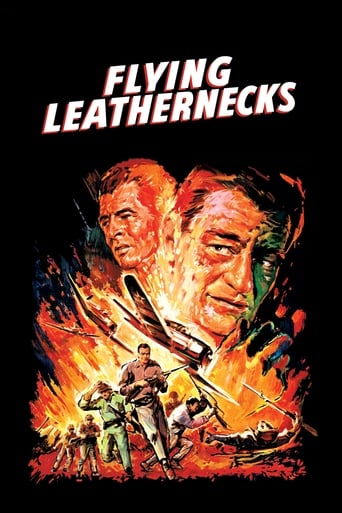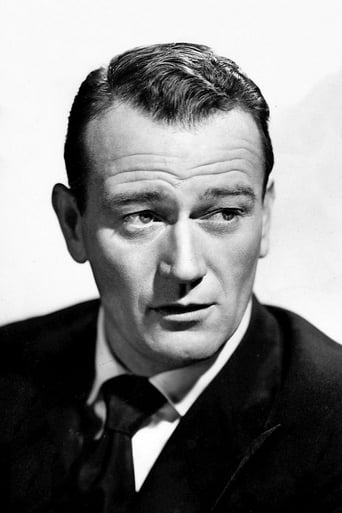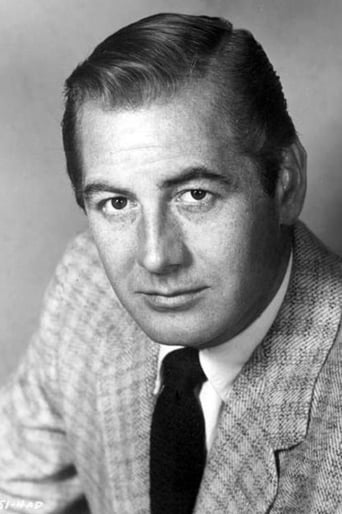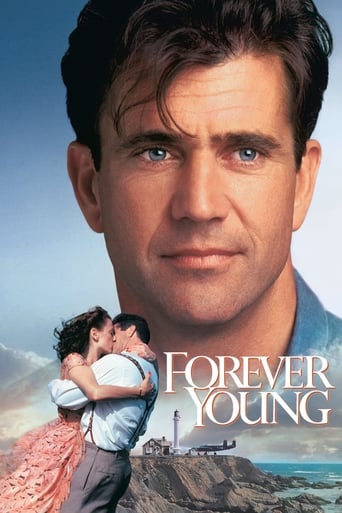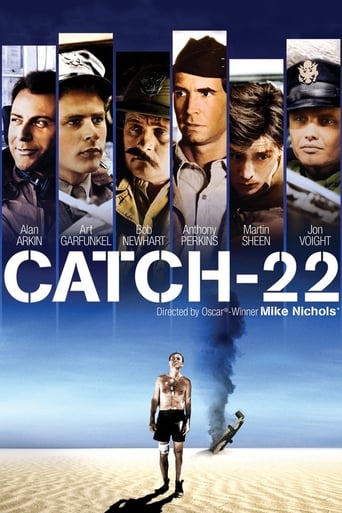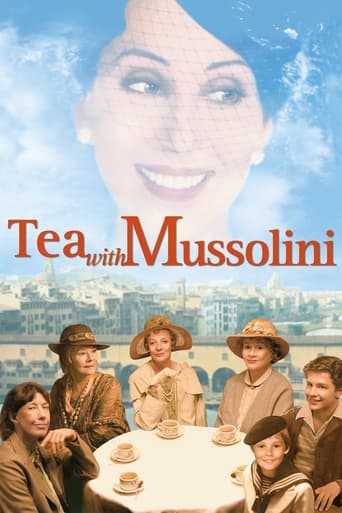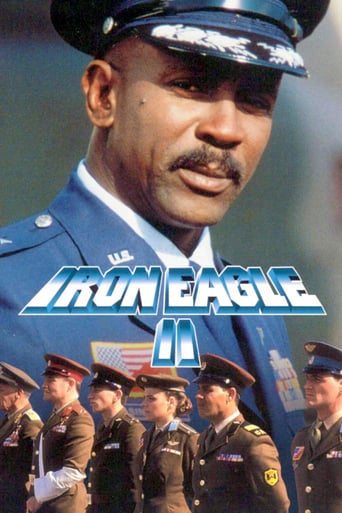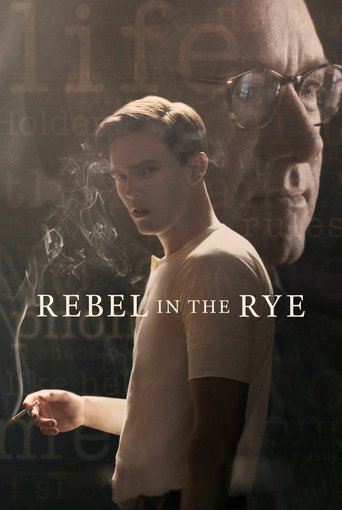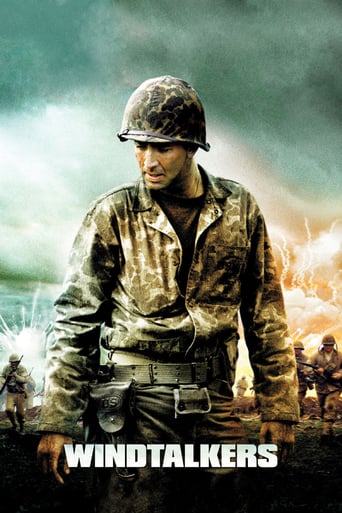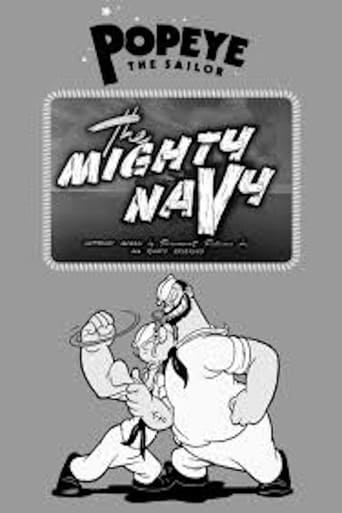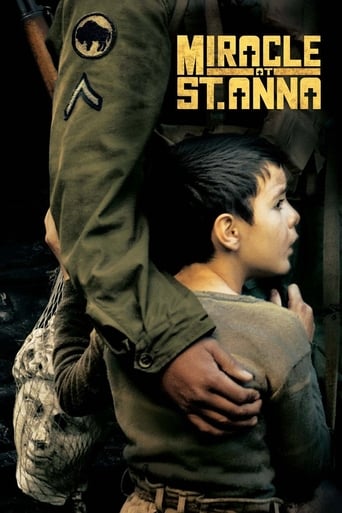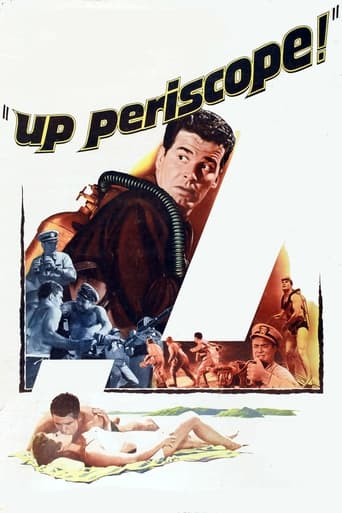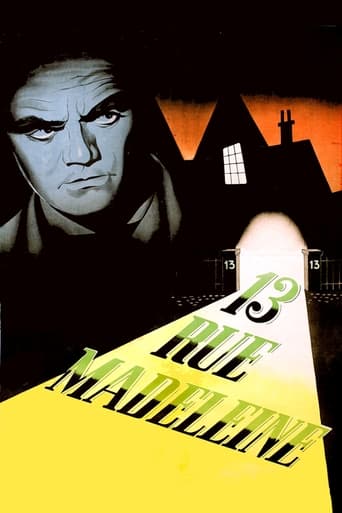Flying Leathernecks (1951)
Major Daniel Kirby takes command of a squadron of Marine fliers just before they are about to go into combat. While the men are well meaning, he finds them undisciplined and prone to always finding excuses to do what is easy rather than what is necessary. The root of the problem is the second in command, Capt. Carl 'Griff' Griffin. Griff is the best flier in the group but Kirby finds him a poor commander who is not prepared to make the difficult decision that all commanders have to make - to put men in harm's way knowing that they may be killed.
Watch Trailer
Cast


Similar titles
Reviews
A Howard Hughes War breathtaking film that probably accounts for the brilliance of the cinematography of the aerial dogfights . Classic war film with a magnificent John Wayne as tough Major fighting Japanese and a nice secondary cast who provide stalwart support . This is a flag-waging and patriotic tribute to US fliers . Very decent war scenes along with documentary footage that convey us the assault troops supported by aviation to establish on the Pacific islands, but like the navy, the US army and Air Force fought its way from island to island in the Pacific . The squadron's designation in the movie was VMF-247 "Wildcats" but in the movie was based on VMF-223 "The Bulldogs". The Leathernecks of the film's title is military slang . Leatherneck is a common nickname for marines of the United States Marine Corps (USMC). The film's dedication states : "Dedicated to the United States Marine Corps, and especially to Marine aviation . Appreciation is gratefully acknowledged for their participation and assistance which made this picture possible" . Regarding Marine Major Dan Kirby (John Wayne) is tough on his group of World War II aviators , he is even tougher than his subordinate Captain Carl Griffin (Robert Ryan) . As squadron leader fights with his fellow officer in Guadalcanal island . Both of them are two-fisted officers whose inevitable feud ranges from the wartime Pacific to peacetime America . As Kirby proves that his method is more suited to the demands of war and he leads his soldiers to into victorious battle , winning the devotion and admiration of his fliers . As when the real fighting begins all is forgotten . They subsequently bomb a convoy that is nicknamed by Kirby as ¨Tokyo Express¨. The film is based correctly on Guadalcanal battle in a hard-fought US operation , one of the most difficult campaigns of the Pacific theater , detailing this fight as well as other battles in Orient . This is a Howard Hughes production as the opening credits declare . It is well known that Hughes himself was an aviation aficionado who also produced Hell's angel (1930), Sky Devils (1932) and Jet Pilot (1957), the latter of which also starred John Wayne . It's a good film dealing with war in human terms . This colorful movie contains action , breathtaking battles , thrills , stock-shots , historical events and the dogfighting scenes are impressively made . Stalwart main cast , Wayne and Ryan , both of whom give splendid interpretations . Being stunning supported by Don Taylor , Barry Kelley , James Bell , James Dobson , and special mention for J.C. Flippen as grizzled veteran . Big production design , lavishly produced , brilliant photography and rousing soundtrack by ordinary Roy Webb as you'd expect from RKO Pictures at the time . Superp photography in glimmer color by William E Snyder , superbly captured in bright , sharp Technicolor which nowadays' processors never seem able to reproduce .The picture was compellingly directed by Nicholas Ray , author of various master pieces and hits as Rebel without cause , The savage innocents , Johnny Guitar , King of Kings , 55 days at Pekin and many others . Nicholas has a sensitive handling of actors and provides an exact compositional sense . Ray is a classic director , his films deal with a deep description of civilized societies , he believes that corruption is an essential part of it , that society punishes sincerity , innocence and love, vengeance and greed determine the behavior of people. ¨Flying leathernecks¨ is often considered merely another assignment of Nicholas Ray's at RKO for Howard Hughes to prove his political and professional alliance during the Red Scare and being Nicholas Ray's first film in color.
i thought this was a fairly decent war picture.it's not what i would call a classic,but it passes the time.the action sequences are pretty good,sometimes exciting.there's some obvious stock war scene footage mixed in with the film scenes.the acting is decent enough but not stellar,by any means,with maybe a bit of overacting going on possibly intentional.there's a bit of lite comedy thrown in that works well.the movie definitely has a pro war slant to it,so if that's not your thing,you may want to avoid it.otherwise,i'd say the movie is worth a watch on a lazy day when you have nothing better to do.for me,Flying Leathernecks is a 6/10
The dogfights between the Marines and the Japanese in the Solomons in the movie was totally out of balance. John Wayne's squadron is send out to help destroy a Japanese convoy. On the way, they attack some Zeroes and after the dogfight, they proceed to attack the convoy with rockets and bombs.The problem is that you don't attack an opposing fighter force while you are laden down with bombs and rockets. Its is bad enough fighting the Zero without heavy ordnance; however, it would be suicidal to engage the Zero while still carrying all that stuff.Secondly, if Wayne felt that his executive was not up to task, he should have bust him and/or send him back to States. He should have also puts some documentation in the guy's file stating that the guy lack leaderships skills and therefore, should not be consider for any future promotion.On the other hand, you did have some commanders who did make hard decisions; however, they were still won the popularity contest with their men because they still show the gentler side to their men so the guys saw that they were not callous brutes and were not martinets.
I had previously watched this one on TV, but I recall being underwhelmed by it: I liked the film better a second time around, but it’s clearly no classic (despite director Ray and co-star Robert Ryan’s involvement); contrary to Ray’s best work, which is marked by his personal touch, he’s strictly a director-for-hire on this particular title.The film is one of several war-themed Wayne vehicles from this era, a good number of which I’ve yet to catch up with – FLYING TIGERS (1942), THE FIGHTING SEABEES (1944), BACK TO BATAAN (1945) and OPERATION PACIFIC (1951). It’s similar to Wayne’s FORT APACHE (1948), where he’s now portraying the martinet role played in that John Ford cavalry picture by Henry Fonda – though he’s well-matched with the long-suffering Ryan (cast against type as an overly sensitive executive officer dedicated to his squad). The latter element, then, links the film with such archetypal flying pictures as ONLY ANGELS HAVE WINGS (1939) and TWELVE O’CLOCK HIGH (1949) – where the group leader is constantly forced to make tough decisions in which the life of his men has to be put in jeopardy. For this reason, too, Wayne’s a generally glum presence here – apart from his interaction with Jay C. Flippen as an amiably roguish old-timer; from the remaining supporting cast, Don Taylor is equally notable as the wise-guy crew member who happens to be a relative of Ryan’s.The action sequences are exciting (domestic asides are unsurprisingly dull but thankfully brief).even if utilizing an astonishing amount of grainy WWII stock footage which, while giving it a sense of raw authenticity, also tends to stick out rather too obviously alongside the soft yet agreeable Technicolor adopted for the rest of the film! In the end, FLYING LEATHERNECKS may be corny but it’s reasonably enjoyable – and occasionally stirring – for all that.

